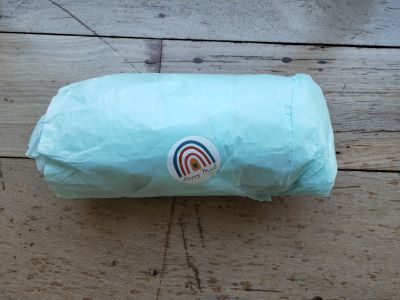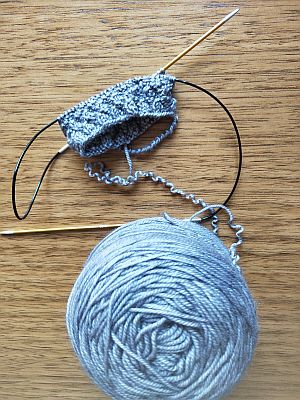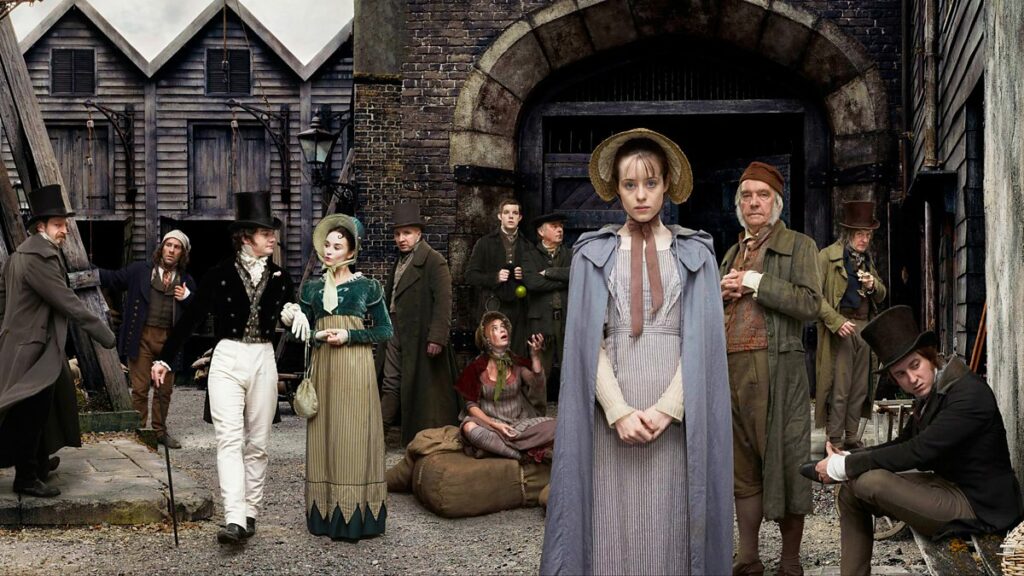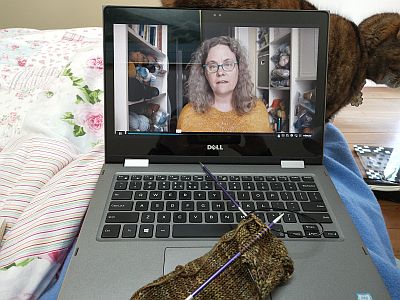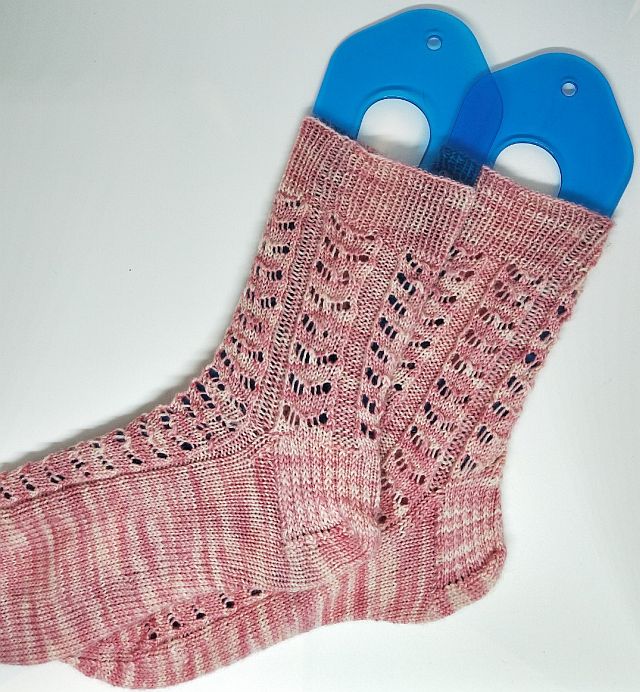So I ordered Christmas sock yarn (from the Yarn Trader – it arrived fast and beautifully wrapped)
I started knitting Christmas socks in 2018 – that year I used the Fairy Lights colourway from West Yorkshire Spinners and I have returned to them this year with the Nutcracker colourway (it has a bit of sparkle as well). My 2018 socks are still going strong as well.
It is a busy yarn, so I will probably do a simple pattern – although I am tempted for this pattern (which I have in my stash).
I plan to start Christmas day (or maybe Christmas Eve), which means getting the swatch and planning done in advance.

